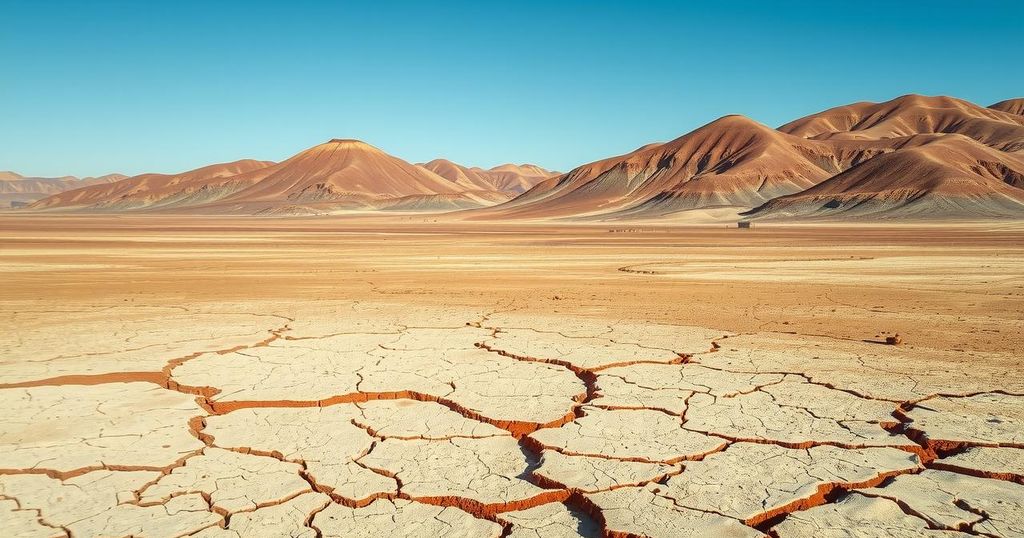Rising Ground Levels in South Africa Linked to Drought, Not Earthquakes

A recent study reveals that South Africa’s land is rising, not due to earthquakes or tectonic activity, but from severe drought exacerbating groundwater loss. GPS data indicated that the Earth’s crust is rebounding, as evidenced by uplift rates of up to 6 mm. This new understanding could help monitor groundwater levels more effectively in drought-impacted areas worldwide.
Recent findings reveal that parts of South Africa are experiencing a land rise of up to 2 millimeters per year, a phenomenon initially attributed to geological factors. However, a new study from the University of Bonn has linked this uplift significantly to severe drought conditions affecting groundwater levels rather than deep mantle activity. The research illustrates that as water dissipates from the ground, there is a rebound effect similar to what happens when pressure is released from a foam ball, termed “elastic rebound.”
The study analyzed data from GPS stations that, between 2012 and 2020, recorded vertical movements of up to 6 millimeters in various regions of South Africa. This data marks a pivotal shift in the scientific community’s understanding of geophysical processes occurring underground. Remarkably, the research aligns with findings from NASA’s GRACE satellite mission, which highlighted substantial soil and groundwater mass loss in tandem with observed uplift, strengthens the connection between drought areas and land elevation.
The correlation between land uplift and groundwater depletion, as detailed in this research, opens doors for a new method of monitoring water resources without invasive techniques. Given the worsening drought conditions across the globe, this study could be instrumental in understanding and managing water stress in various regions, ranging from drought-prone areas in California to challenges faced in the Horn of Africa.
Original Source: www.businesstoday.in






